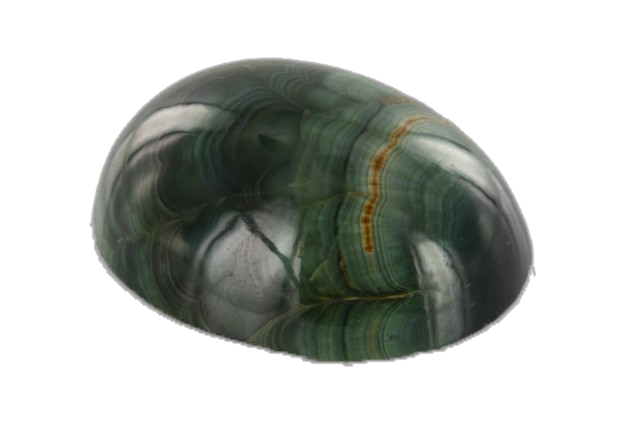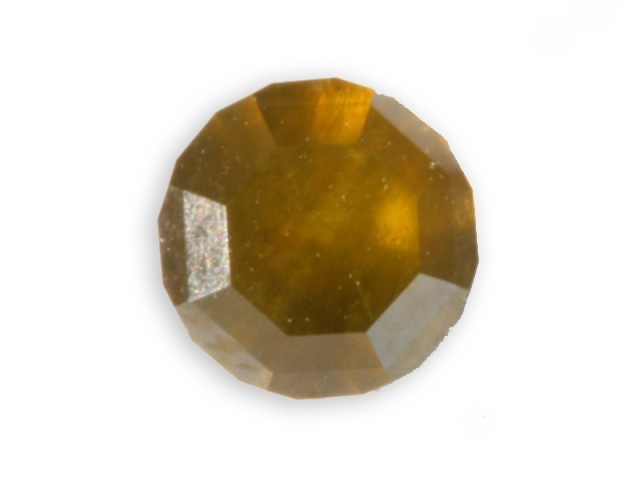
opaque
Je vous emmène à travers mes vidéos découvrir mon expérience acquise depuis plus de 30 ans a silloner le globe entier à la recherche de pierres précieuses, de rencontre mémorables mais aussi de difficulté parfois …
actualités
Categories

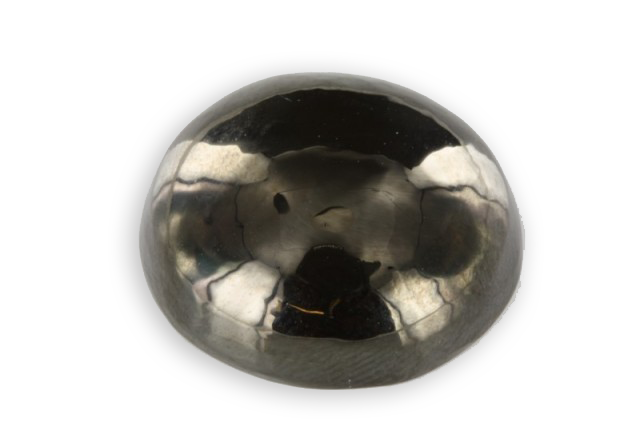
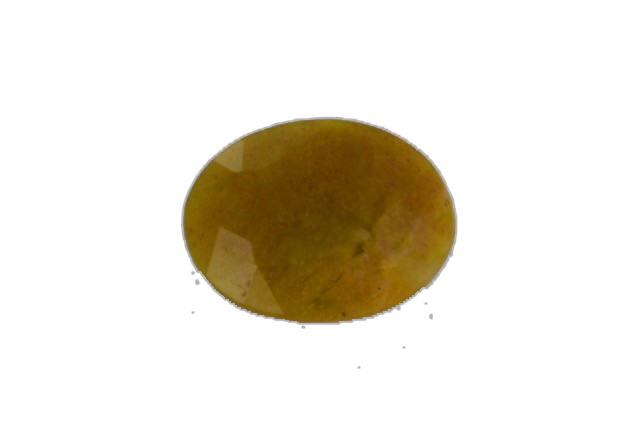
serpentine
Serpentine, or rather the serpentines, is a group of over 20 minerals quite difficult to differentiate the one from the other, the best known of whom are : antigorite, chrysotile and lizardite. These Phyllosilicates are weathering products of magnesium silicates. The Ophite, sometimes called “ophite
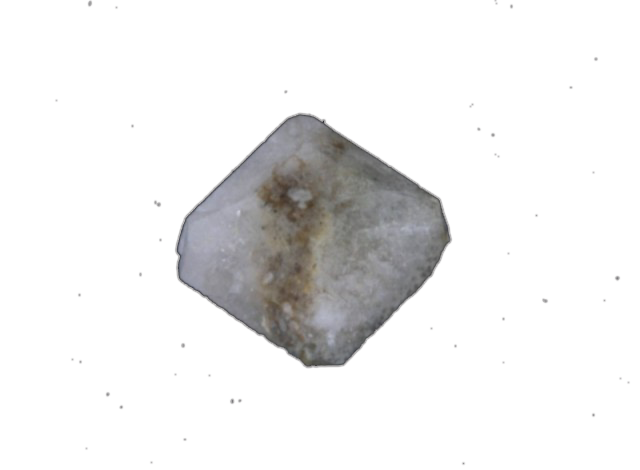
senarmontite
Discovered in 1851 at Djebel Haminate, in the area of Constantine in Algeria, its name honors the mineralogist Henri Hureau de Senarmont (1808-1862).
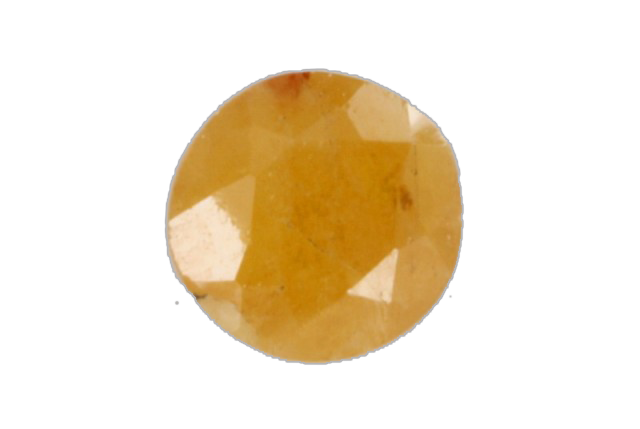
scorzalite
Discovered in 1957 in Brazil (Corrego Firo pegmatite, Linopolis, Doce valley, Minas Gerais). Its name honors the Brazilian geologist who discovered it: Evaristo Penna Scorza (1899-1969).
